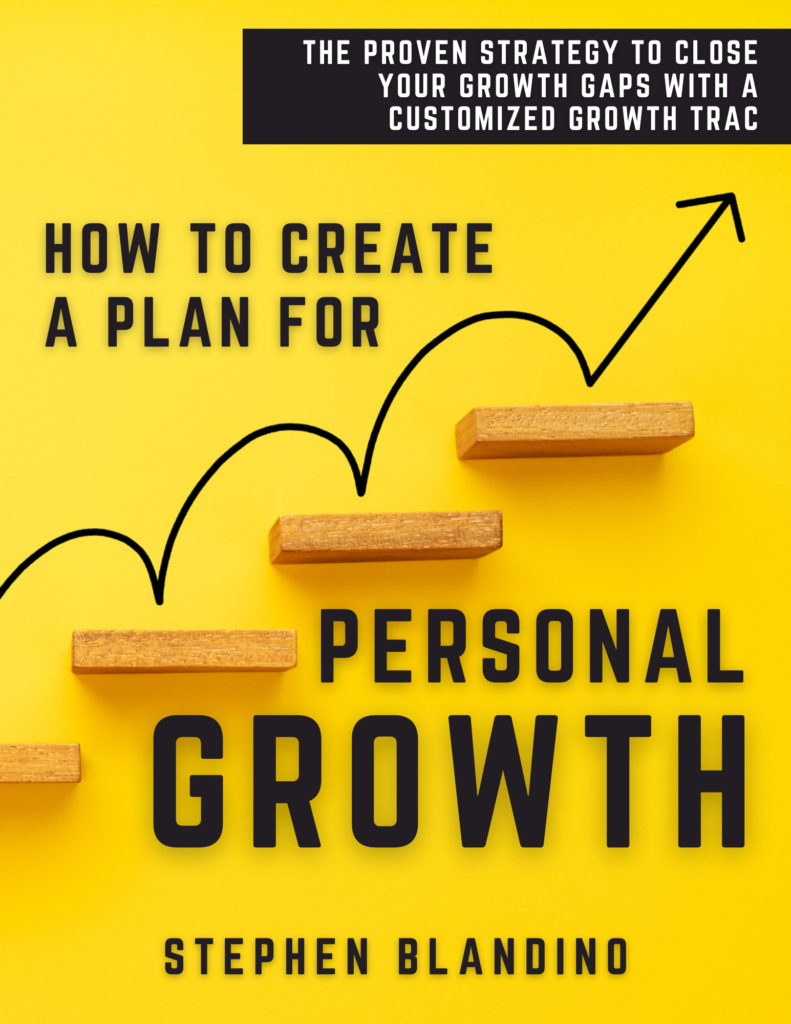I can still remember reading John Maxwell’s early leadership book, Developing the Leader Within You, and thinking, “This is the best leadership book I’ve ever read.” Suddenly it occurred to me: “This is the only leadership book I’ve ever read.”
For years, personal growth wasn’t anywhere on my radar. I hated reading and throughout most of college, I only cracked half my textbooks (nothing like spending dad’s money to buy books you never read). Turns out, I wasn’t alone. Only 45% of Americans over the age of 13 read a book in the course of a year.
After graduating college with all the answers, it took me a couple of years to realize how little I actually knew. Eric Hoffer’s words described me well:
“In times of profound change, the learners inherit the earth, while the learned find themselves beautifully equipped to deal with a world that no longer exists.”
I was well-prepared for irrelevance. That newfound humility forced me into a learning mode. In the years that followed—mostly out of necessity—I developed a habit of reading. But more importantly, I stumbled upon five practices of personal growth that transformed my life. The first three practices maximize growth within us and the last two practices leverage growth in the people we influence.
Practice #1: Growth TRACing – Creating, implementing, and monitoring your personal growth happens through the process of Growth TRACing (pronounced tracking). A Growth TRAC is like a personal growth plan that provides the framework and direction for your growth. It includes four ingredients: Target, Roadmap, Accountability, and Check-Ups.
Your Target is your personal growth goal—a carefully crafted statement that articulates in which area of life you want to grow. Your Roadmap includes the training, resources, coaching, and experiences you’ll leverage to reach your target (in other words, “how” you plan to grow). Accountability gives you the support to stay the course. And Check-Ups are the periodic evaluations where you measure progress and make midcourse corrections. Growth TRACing gives direction to your learning and ultimately produces growth traction.
Practice #2: Reflective Thinking – Reflective thinking is the habit of processing what you learn as you implement your Growth TRAC. It helps you mine for the gold in what you’re learning and typically requires three things: time, questions, and takeaways.
Setting aside think time is often perceived as a waste of time, yet it’s essential if you want to assimilate your learning into daily practice. This process begins by asking questions that help you make sense of what you’re learning. Your questions should then lead you to specific takeaways for application. While your Growth TRAC sets the course for your learning, reflective thinking helps you make that learning personal, applicable, and meaningful. Reflective thinking ultimately results in mental maturity.
Practice #3: Tenacious Application – The knowing/doing gap is the toughest to close but can actually happen when you put this “action equation” to work: Inner Resolve x Outer Support = Tenacious Application.
Inner resolve combines conviction and courage so you have the determination to act on what you’ve learned. Outer support is a combination of accountability and dependence. It taps ongoing accountability from others while being fully dependent on God for His strength. When you multiply inner resolve by outer support, the result is the tenacious application of the things you’re learning. Tenacious application helps you move from learning and thinking to actually doing. It ultimately results in personal transformation.
Practice #4: Intentional Investing – The fourth practice shifts the focus from growing yourself to growing others. That transition begins with intentional investing—the process of inspiring growth in others by making meaningful deposits in their personal growth.
Intentional investing means taking full responsibility for the influence you have with others by modeling personal growth, engaging in equipping relationships (like coaching and mentoring), and inviting others to participate in growth opportunities. It means using your talent selflessly to serve others, allocating your resources to help people grow, and leveraging your network of relationships to open doors for others. The ultimate outcome of intentional investing is growth in others.
Practice #5: Empowering Others – The final practice of personal growth is empowering others. Empowering is a three-phase process that includes challenging, equipping, and releasing.
You begin by challenging others to own their growth and develop a lifelong learning posture. Once they own that decision, you equip them with a tool (like Growth TRACing) to make their growth personalized, customized, and self-directed. Finally, you release the people who you’ve helped grow to do the same for others. The outcome of empowering others is growth replication.
Regardless of where you are in your personal growth journey, these five practices can help you go to a new level and accelerate growth in you, around you, and beyond you.

GET FREE ACCESS TO…
HOW TO CREATE A PLAN FOR PERSONAL GROWTH
Discover how to close the gap between you and your dreams by creating a customized personal growth TRAC. This proven four-step process will not only help you reach your potential, but it will equip you with a tool to help your team maximize personal and professional growth.







